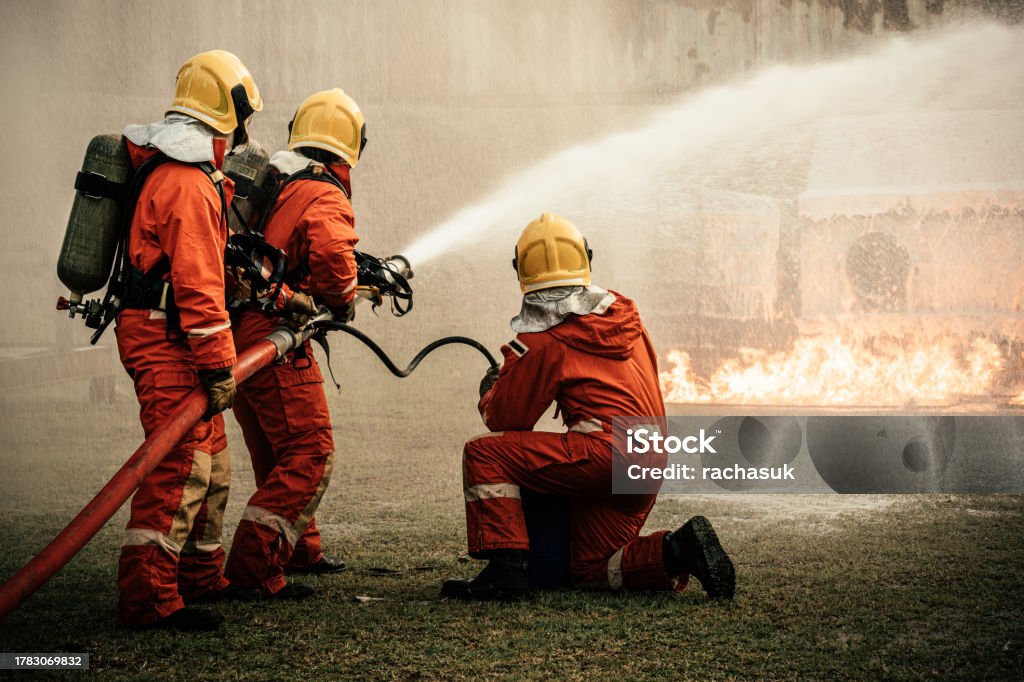Fire safety is a critical aspect of building design and construction, ensuring the protection of lives, property, and the environment. In Cambodia, rapid urbanization and economic growth have driven the need for stringent fire safety measures in residential, commercial, and industrial buildings. Fire Safety Design And Installation In Combodia require adherence to local and international standards, integration of advanced technologies, and collaboration among stakeholders.
Regulatory Framework for Fire Safety in Cambodia
The regulatory framework for fire safety in Cambodia is evolving to meet the demands of modern infrastructure. The Cambodian government has introduced laws and guidelines, such as the Construction Law and National Fire Code, to address fire safety requirements. These regulations outline standards for fire prevention, emergency evacuation, and fire suppression systems. Key government bodies, including the Ministry of Land Management, Urban Planning and Construction (MLMUPC) and the Fire and Rescue Department, play a significant role in enforcing compliance.
However, challenges such as limited resources, lack of awareness, and inconsistent enforcement have hindered the effective implementation of these regulations. Collaborative efforts between government agencies, private sector players, and international organizations are essential to strengthen the regulatory environment.
Key Components of Fire Safety Design
- Passive Fire Protection:
- Fire-Resistant Materials: Incorporating materials that can withstand high temperatures and delay fire spread is crucial. These include fire-rated walls, doors, and ceilings.
- Compartmentalization: Buildings should be designed to contain fires within specific areas through firewalls and smoke barriers.
- Escape Routes: Properly planned and marked emergency exits and stairwells ensure safe evacuation during emergencies.
- Active Fire Protection:
- Fire Detection Systems: Smoke detectors, heat sensors, and alarm systems must be installed to provide early warnings.
- Fire Suppression Systems: Sprinklers, fire extinguishers, and standpipe systems should be strategically placed and maintained.
- Emergency Lighting: Backup lighting systems help guide occupants to safety during power outages.
- Emergency Response Planning:
- Evacuation Plans: Detailed plans that include evacuation routes, assembly points, and roles during emergencies.
- Training Programs: Regular fire drills and training sessions enhance preparedness among building occupants and staff.
- Coordination with Local Authorities: Close collaboration with local fire departments ensures efficient emergency response.
Installation Practices and Technologies
Modern fire safety systems leverage advanced technologies to enhance reliability and efficiency. In Cambodia, the adoption of these technologies is increasing, particularly in urban centers like Phnom Penh and Siem Reap. Key installation practices include:
- Integrated Fire Systems: Smart systems that connect alarms, sprinklers, and monitoring devices provide real-time updates and automatic responses.
- Wireless Solutions: Wireless fire alarms and sensors are gaining popularity for their ease of installation and scalability.
- Fireproofing Techniques: Spray-applied fireproofing and intumescent coatings are used to protect structural elements.
- Compliance Testing: Regular inspections and testing ensure that systems meet operational standards.
Challenges and Opportunities
Challenges:
- Awareness and Education: Limited public knowledge about fire safety measures often leads to negligence.
- Infrastructure Gaps: Many older buildings lack adequate fire safety systems, posing significant risks.
- Resource Constraints: Budget limitations can hinder the implementation of comprehensive fire safety measures.
Opportunities:
- Capacity Building: Training programs for engineers, architects, and contractors can improve fire safety expertise.
- Public-Private Partnerships: Collaboration between government agencies and private firms can drive investments in fire safety infrastructure.
- Technological Advancements: The adoption of AI and IoT-based solutions can revolutionize fire safety management in Cambodia.
Conclusion
Fire safety design and installation are vital for safeguarding Cambodia’s growing urban landscape. By prioritizing robust regulatory frameworks, advanced technologies, and public awareness, Cambodia can significantly reduce fire-related risks. As the nation continues to develop, a collective commitment to fire safety will ensure sustainable and secure urban growth
